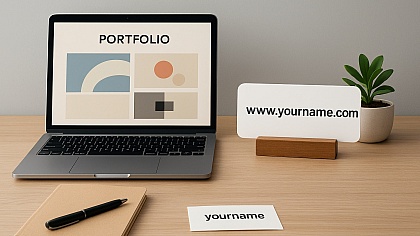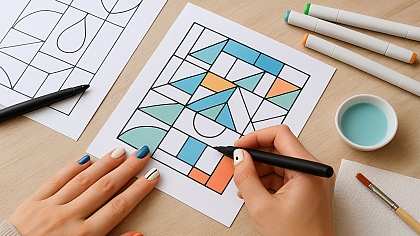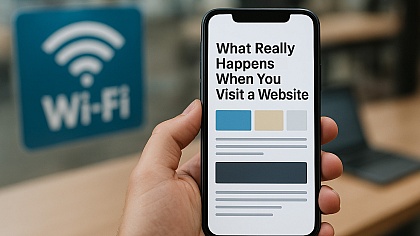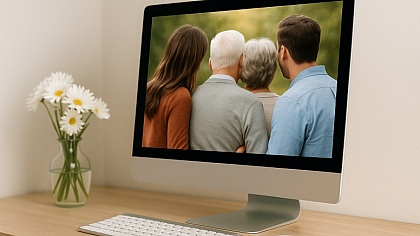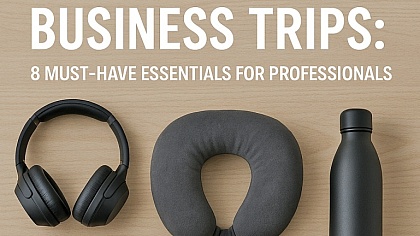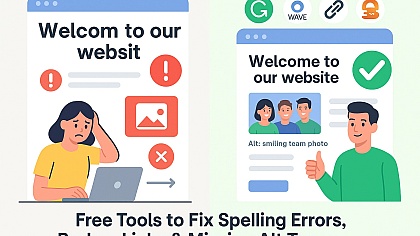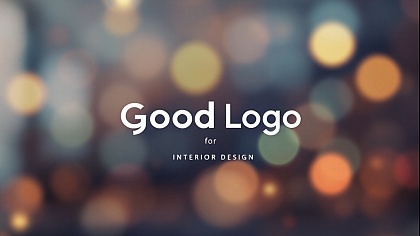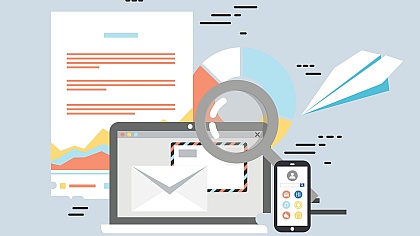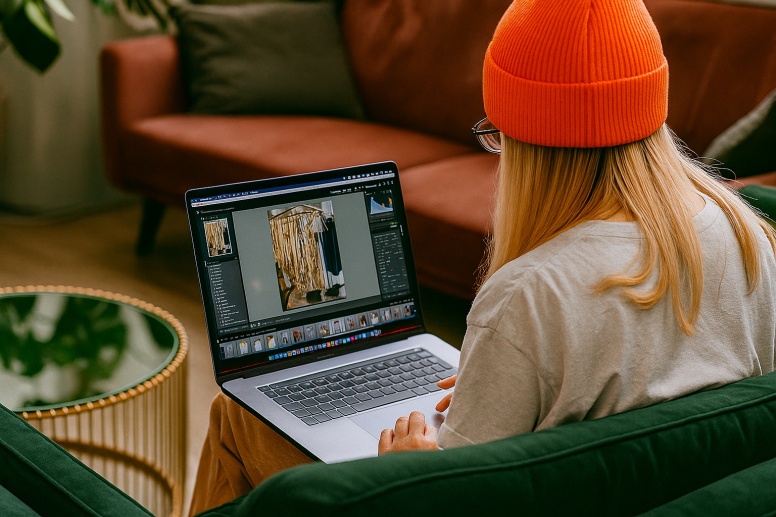
What Photographers Gain from Creative Digital Platform Use
Every photo holds something. A glance, a sound, a breath you can’t hear anymore, but still remember when you see it. And yet the way you handle those photos matters almost as much as the shot itself. Creative digital platforms and free tools make that part easier. They give you a way to deal with work when there’s too much of it to keep up. No scattered drives. No late-night searches through endless folders. Just a little more time to stay focused on what you’re trying to create.
Using Creative Digital Platforms: Preservation of Important Images
Losing photos changes how you see risk. One broken drive, and the work’s gone. Everyone’s felt that sinking moment — scrolling through folders and realizing something important has disappeared. That’s why photographers lean on modern digital platforms, where automatic backups and syncing protect a library before the thought of loss even crosses the mind.
It matters even more when work means constant movement. Shifting between studios, traveling for assignments, or editing on the go all demand reliability. Tools that keep images accessible across devices make that possible. Photographers looking for this balance often turn to Capture, a platform built to help digitize, store, organize, and share photos securely while streamlining workflow. By combining preservation with cloud access, this platform supports both the practical need to safeguard work and the creative freedom to focus on new ideas.
And once that fear of losing images fades, the creative process opens up. You shoot with more confidence, try new angles, and take risks you’d hold back from if every file felt fragile. The difference shows later in the work itself: more variety, more experimentation, and a stronger sense of control over the story being told.
Expanded Creative Possibilities
Creative platforms today do more than just store your files—they actively shape how your ideas come to life. Instead of juggling separate tools for editing, sharing, and organizing, photographers now turn to unified systems that let them work smoothly, stay focused, and get into a creative flow. With everything in one place, the process becomes less about managing tasks and more about making art.
That’s when creative limits start to shift. You try the edits you might have skipped before. You explore new angles, push colors further, and see your work evolve in real time. When the process no longer pulls your attention away from the image, you’re free to follow your instincts—and take your photography somewhere new.

Digitizing photos makes them easier to organize.
Streamlined Workflow
After a long day of shooting, you come home to hundreds of files staring back at you. It can feel messy before you even start. Platforms bring order where chaos lives. Edits sync across devices, your folders make sense again, and nothing gets buried under the wrong name.
It’s the small things that add up—a couple of clicks to tag files. Automatic backups are running in the background. Easy access when you switch from laptop to phone mid-project. It stops feeling like a chore.
And once the busywork fades, your mind opens up a bit. You see your shots differently when you’re not tangled up in logistics and online branding. The platform does the work you don’t want to, and you get to focus on what’s in the frame.
Community and Exposure
There was a time when your audience depended on galleries or personal contacts. Now it’s wider, more open. Creative digital platforms connect you with viewers you’d never reach otherwise. You upload once, and suddenly someone halfway across the world is seeing your work on their screen.
These spaces also create communities. You share feedback, swap ideas, and learn from people experimenting right alongside you. It’s not just about showing your work; it’s about conversations that shape the next project.
Exposure builds naturally from there. The more visible you are, the more chances arrive — collaborations, features, or invitations you couldn’t plan for. One image can travel farther than you expect when the platform handles the reach.
New Ways to Collaborate
Collaboration used to mean being in the same room, setting up lights together, and working within tight schedules. That’s changed. Platforms make it simple to share high-res files instantly, review edits in real time, and move projects forward without waiting on emails or meetings.
You can be halfway across the world and still build something with someone you’ve never met. Teams work faster now, layering edits and swapping feedback without slowing anyone down. That freedom reshapes how projects come together.
When the logistics disappear, people focus on their strengths. The work benefits because everyone has space to do what they do best.
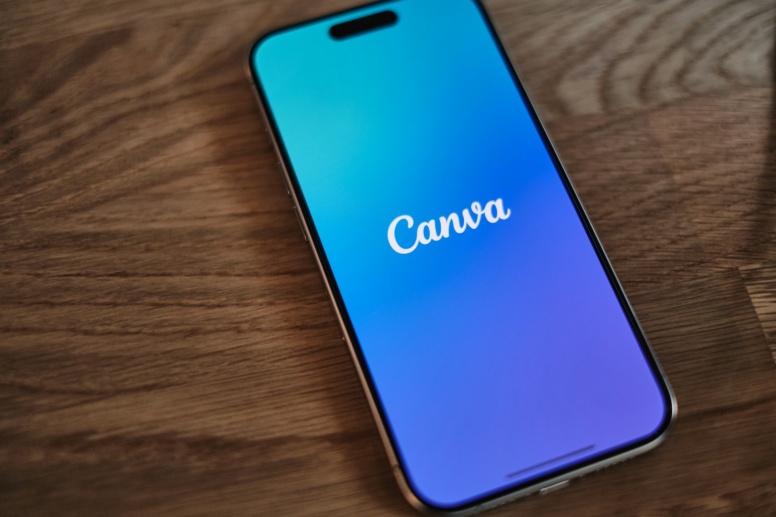
With modern tools, it’s easy to collaborate on creative projects.
Flexibility in Your Process
Photography rarely fits into clean schedules. Clients call late, the weather wrecks plans, and personal projects stretch out longer than expected. Platforms adapt when things shift.
For many, creative digital platforms act like mobile studios. Whether you’re traveling light or working from home, your tools follow you. Edits, uploads, and backups happen anywhere, on any device, without slowing down.
That flexibility changes what you say yes to. A last-minute shoot or a sudden opportunity doesn’t feel stressful anymore. You’re ready because your process moves with you.
Bridging Art and Accessibility
Photos don’t mean much if they never reach people. Platforms remove walls between your work and the audience that wants to see it. A few clicks, and the images are out there.
Accessibility matters here, too. People who might never step into a gallery can still experience your work. That kind of reach shapes how your photography lives in the world. It gives every shot a chance to exist somewhere beyond your own archive.
And the more people see your images, the more they interact with them. Your work keeps moving even when you’ve moved on to the next project.
Use Everything at Your Disposal
Photography has always been about balance — vision, craft, and tools working together. Now, creative digital platforms make that balance easier to hold. They keep your workflow steady, protect your images, open creative doors, and connect you with audiences who care about what you make.
The platform doesn’t replace the artist. It supports you quietly so you can focus on telling the stories your photos already hold. And when the tools disappear into the background, your work speaks louder, reaching places you didn’t expect.

